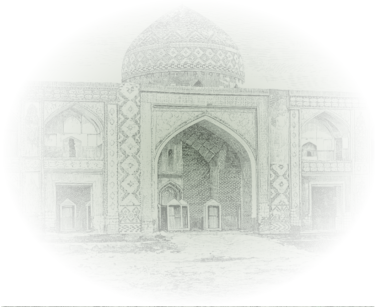Boyuk Chobankara was a village in the territory of the Echmiadzin uezd of the former Iravan governorate, later in the former Zangibasar (Masis) district, and present-day Ararat province. It was located between the Garasu and Zangi Rivers. The name of the village was marked on the five-verst map of the Caucasus.
The village was solely inhabited by Azerbaijanis: 951 in 1831, 2,337 in 1873, 2,487 in 1886, 2,631 in 1897, 2,411 in 1904, 3,089 in 1914, 2,417 in 1918 and 4,600 Azerbaijanis in 1919. The Azerbaijanis were attacked, massacred or ousted from the village by Armenian armed formations in late 1919. After the establishment of Soviet power in present-day Armenia, the Azerbaijani inhabitants that survived managed to return to the village. The village was inhabited by 66 Azerbaijanis in 1922 and 279 Azerbaijanis in 1926. The village was abolished after the inhabitants had been moved to the village of Mehmandar in the 1930s. At present, the village is in ruins.
The toponym was coined on the basis of the ethnonym of “Boyuk Chobankara” of the Turkic Gazakhlar tribe.
